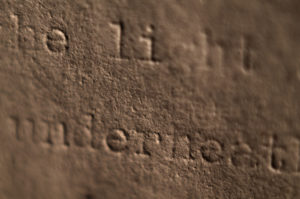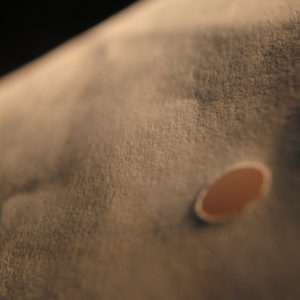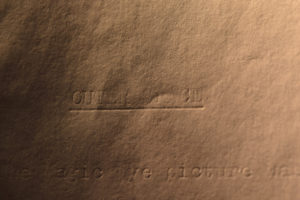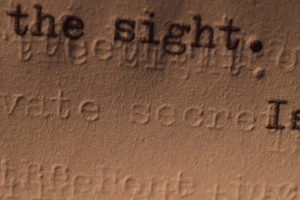
Photographing a poetry archive, consisting mostly of drafts and notes, (even of the most extraordinary poets), may not seem like a photographer’s dream assignment, but for me it definitely was.
All of my favorite projects contain an aspect of capturing the unknown – the excitement of turning the unseen into a permanent photographic image. Photographing the poetry archive, very much like the consent a person gives in order for their portrait to be taken, was a privileged peek into another world.
I was initially drawn to photograph the marks that would be erased, left behind, and ignored on the paper manuscripts of the archive once they had been scanned. Practically, this eliminated any worries about revealing private information or copyright infringements and drew me more deeply into a mysterious world of marks left behind, partially erased – the pressure of pencil marks still visible on the back of a page, waiting for their close-up.
I returned again and again with cameras and lenses more macro and able to get closer than before to reveal traces of the poet’s finger prints and scratches – a coffee ring on a first draft in a notebook or the wear on a corner of a page. I imagined a dark cafe on a rainy day 30 years ago in Newcastle. Like a detective in a silent world interviewing the evidence left behind, I was drawn to text that appeared as a ghost beneath tipp-ex and my camera traced it like braille.
A selection of the resulting photographs shown here, were presented on cotton rag paper in the series ‘Frozen Light’, Newcastle University, 2014



Phyllis Christopher is a photojournalist practicing in the northeast of England. More of her archive work can be found here:
phyllischristopher.com/portfolios/archive-explorations